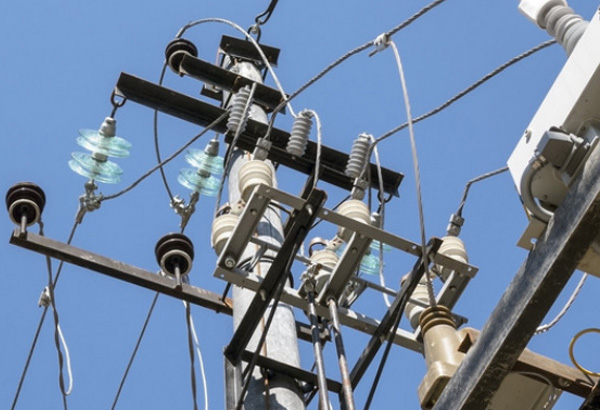Main functions of high-voltage fuses
2023-03-24
2023-03-24

The places where high-voltage fuses are used mainly include substations, power plants, industrial enterprises, and various public facilities.
High voltage fuses are mainly used as protective elements for transformers, buses, and other equipment in substations to prevent the expansion of faults and causing equipment damage or casualties.
High voltage fuses are used in power plants as protective elements for generators, excitation systems, steam turbines, and other equipment to prevent equipment damage or shutdown caused by overloads or short circuits.
In industrial enterprises, high-voltage fuses can also be used as protective elements for high-voltage motors, frequency converters, welding machines, and other equipment to prevent overloads or short circuits from causing fires or explosions.
For equipment such as public facilities, high-voltage fuses can be used as protective elements for public facilities such as rail transit, urban water supply, and hospitals to ensure public safety and service quality.




